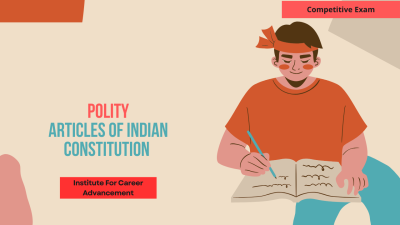Quit India Movement
The Quit India Movement, launched on August 8, 1942, was a mass protest led by Mahatma Gandhi against British colonial rule in India. It called for an immediate end to British rule, demanding full independence for India. The movement was initiated during World War II, in response to the failure of the Cripps Mission to secure Indian support for the war effort. Despite the British government's harsh repression, including the arrest of key leaders, the movement marked a pivotal moment in India's struggle for independence, intensifying the demand for freedom and inspiring widespread civil disobedience. 1942 সালের 8ই আগস্ট শুরু হওয়া ভারত ছাড়ো আন্দোলন ছিল ভারতে ব্রিটিশ ঔপনিবেশিক শাসনের বিরুদ্ধে মহাত্মা গান্ধীর নেতৃত্বে একটি গণ বিক্ষোভ। এটি ভারতের পূর্ণ স্বাধীনতার দাবি জানিয়ে ব্রিটিশ শাসনের অবিলম্বে অবসানের আহ্বান জানিয়েছিল। দ্বিতীয় বিশ্বযুদ্ধের সময় ক্রিপস মিশন যুদ্ধের প্রচেষ্টায় ভারতীয় সমর্থন সুরক্ষিত করতে ব্যর্থ হওয়ার প্রতিক্রিয়ায় এই আন্দোলন শুরু হয়েছিল। প্রধান নেতাদের গ্রেপ্তার সহ ব্রিটিশ সরকারের কঠোর দমন সত্ত্বেও, এই আন্দোলন ভারতের স্বাধীনতা সংগ্রামে একটি গুরুত্বপূর্ণ মুহূর্ত চিহ্নিত করে, স্বাধীনতার দাবি তীব্রতর করে এবং ব্যাপক নাগরিক অবাধ্যতাকে অনুপ্রাণিত করে।
English
Last updated
Fri, 28-Feb-2025



















